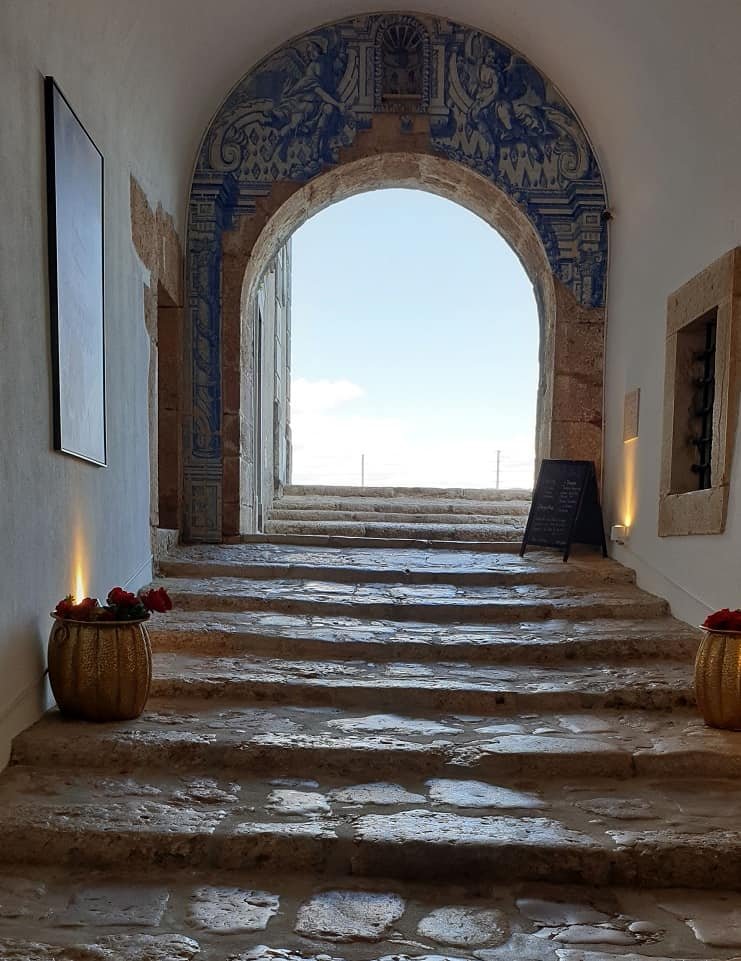How about visiting a fortress built in 1582, which played a fundamental role in the defense of part of the Portuguese coast and which today is a peaceful place with a great view over an estuary? And on top of that, isn't it one of those places full of tourists, with huge queues, people in every corner interfering with your visit? And on top of that, you don't have to pay to visit? This place has a name: São Filipe Fort, one of the secrets of Serra da Arrábida.

This almost untouched place is close to Lisbon, in the District of Setúbal. The fortress dates back to the 14th century, with the construction of the Santiago de Outão Fort. But it was only in 1582, during the Philippine dynasty, that the foundation stone was laid and the construction of the fortress began. The defense of the river port of Setúbal was the main function of the fortress for centuries, as it is at the top of the Serra da Arrábida and has a robust construction, using stone masonry, bricks and stonework, the star-shaped fortress and with six points where the guardhouses are located, it withstood the terrible earthquake of 1755 with little damage.

The internal entrance to the São Filipe fortress is imposing: with wide, low stairs, you reach the door that gives access to the chapel and the viewpoint from where we can see the city of Setúbal and the Sado estuary, as well as the Atlantic Ocean. What we see from these viewpoints spread throughout the fort are breathtaking landscapes, with untouched mountains, which include the Arrábida Park, the city of Setúbal (where there is one of the most famous fish markets in the world) in addition to the Sado estuary and in the background the beautiful Praia da Comporta (Madonna's favorite beach in Portugal).

Just above I said that the door gives access to the Viewpoint and the chapel, completely covered in tiles. Beautiful and full of style and personality, the fortress chapel has a rectangular shape and is completely covered in blue and white tiles, forming beautiful panels created by the artist Policarpo Bernandes in 1736.

When visiting Portugal, be sure to visit these lesser-known places that are therefore preserved and maintain their original essence. And we from Portugal Afora we take you there!